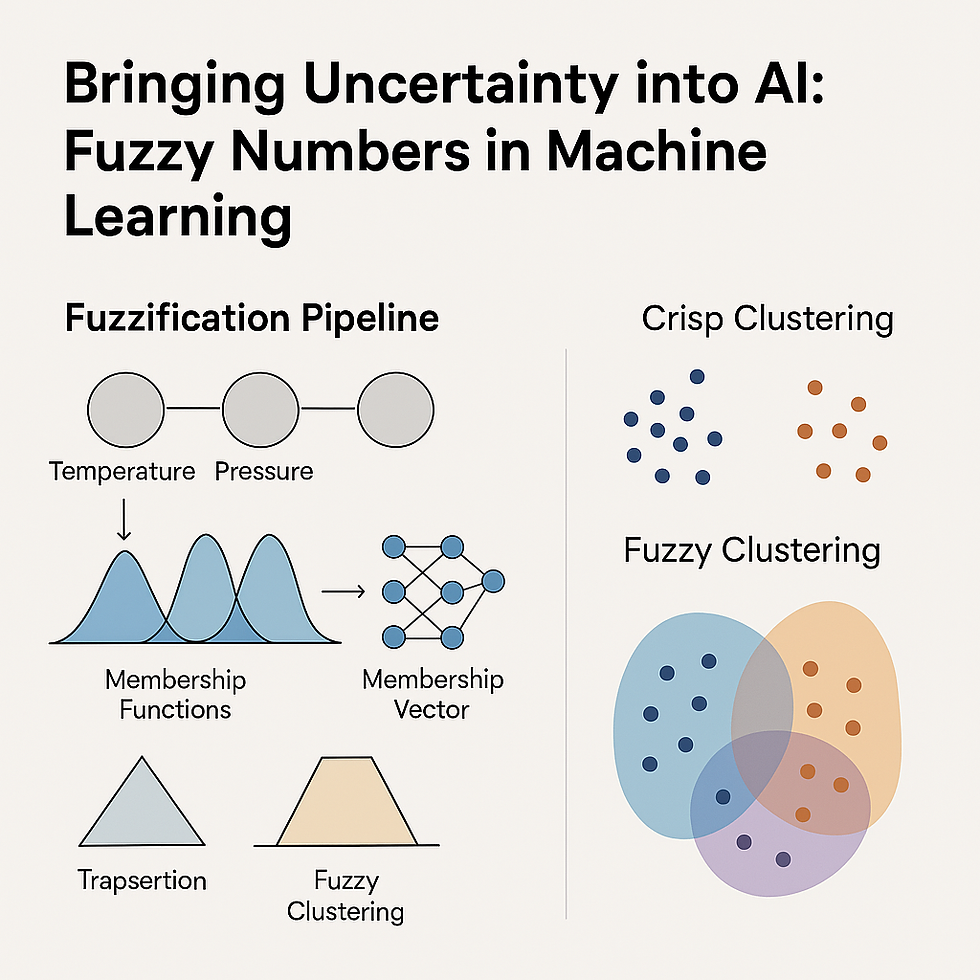Predicting Wildfires with Bayesian Intelligence: A Data-Driven Approach to Environmental Risk
- Gnosis Analytics Crew

- Jul 2
- 3 min read
In an era of intensifying climate change and extreme weather, wildfire risk assessment has become more critical than ever. In our recent research, we explore how Bayesian statistical methods combined with satellite-based vegetation data can provide a powerful tool for predicting wildfire events in Australian forests — helping land managers, environmental agencies, and policymakers make smarter, data-informed decisions.
Wildfires are some of the most impactful environmental disaster events in nature. The 2019-2020 fire events in Australia caused significant damage and were extremely impactful to our community. "The Victorian Government reported that 1.5 million hectares of forested and green land had burnt, 22% of all agricultural land, >10,000 livestock was lost, 57% of all forested land in the three most directly hit zones were burnt, 458 residences were damaged or destroyed and 1162 more buildings were lost in Victoria (source: https://www.vic.gov.au/2019-20-eastern-victorian-bushfires#the-fires)".
🌿 The Data: Seeing Forests Through Satellites

We used Normalized Difference Vegetation Index (NDVI) data — an indicator of vegetation health derived from satellite imagery — as the foundational input. This remote sensing technology allows us to detect how “green” and dense the forest canopy is, which in turn can signal susceptibility to ignition and spread. We can use this technology to understand how vulnerable a forest is due to increases in fire fuel elements, such as dry or dead vegetation.
📊 The Method: Why Bayesian?
Bayesian inference offers a probabilistic framework that handles uncertainty in a transparent way — making it an ideal choice for modeling something as complex and variable as wildfire risk. Our model estimates the likelihood of fire events by conditioning on evolving environmental patterns captured in the NDVI data, allowing for nuanced and adaptive predictions.
Unlike traditional frequentist models, the Bayesian approach provides credible intervals and posterior distributions, offering richer insights into prediction confidence — especially useful in environmental systems that are highly stochastic and sensitive to change.
In this study, we innovate by incorporating a hierarchial Bayesian logistic regression framework with multivariate prior distributions, which allows for some control overl possible multicollinearity problems with environemental datasets. The problem of multicollinearity exists because environmental variables, such as temperature and humidity, tend to be highly correlated between them, hence impacting any model's ability to learn from the true correlations between variables and wildfire event probability (output).
🌏 Real-World Impact

The model was trained on data from an Australian forest region and was shown to accurately predict wildfire event probability across different seasons. As shown on Fig. 1, it the resulting probability estimates from the Bayesian model allow us to understand the relationship between an increase in wildfire probability and overall forest vulnerability due to increased volume of dead vegetation. This framework opens up new possibilities for early warning systems, resource planning, and even policy design around controlled burns and ecological interventions.
📘 Published Work
This research is published in Ecological Informatics and contributes to the growing body of work in environmental analytics that bridges statistical modeling with sustainability and risk management.
Charizanos, G., & Demirhan, H. (2023). Bayesian prediction of wildfire event probability using normalized difference vegetation index data from an Australian forest. Ecological Informatics, 73, 101899.






Comments